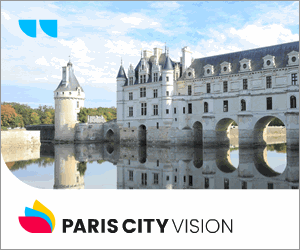
Richard Valpy

This article includes a list of general references, but it lacks sufficient corresponding inline citations. (January 2014) |

Richard Valpy (7 December 1754 – 28 March 1836) was a British schoolmaster and priest of the Church of England. He is best known as the head master of Reading Grammar School, in the town of Reading, England.



Life and career
Valpy was born the eldest son of Richard and Catherine Valpy in Jersey. He was sent to schools in Normandy and Southampton and completed his education at Pembroke College, Oxford. In 1777 he was ordained. After holding a mastership at Bury, in 1781 he became head master of Reading School, a post which he held for 50 years. From 1787 he held also the rectory of Stradishall, Suffolk. During the early part of Valpy's long head-mastership the school flourished greatly. At least 120 boys attended it.

He was the author of Greek and Latin grammars which enjoyed a large circulation. His Greek Delectus and Latin Delectus were long familiar to public school boys. He is said to have been a mighty flogger,[clarification needed] and to have refused two bishoprics. In 1800 he was requested by his old pupils to sit for a full-length portrait and 30 years later, on the occasion of his jubilee, he was presented with a service of plate. Mary Russell Mitford spoken of him as vainer than a peacock.[citation needed]

The school was declining before Valpy's long reign closed. His successor was his son, Francis Valpy (1797-1882), appointed in 1830. Richard Valpy died in London. He is buried in a mausoleum in front of the main chapel in Kensal Green Cemetery.

A statue was erected in Reading's St Lawrence's Church to commemorate him. Valpy Street, in Reading town centre and adjacent to the then site of Reading Grammar School, is named after him.[3]

He was also the father of printer and publisher Abraham John Valpy and of New Zealand pioneer William Henry Valpy.

Bowdlerisation
"The Second part of King Henry the Fourth, altered from William Shakespeare as it was acted at Reading School in October 1801. Published as it was performed for the benefit of the Humane Society" By Richard Valpy.

"WHEN the First Part of King Henry the Fourth was played at Reading School, it was sufficient to curtail some tedious pages, and to omit some exceptionable expressions. In the Second Part it was absolutely necessary to do more. This Play in the original is disfigured not only with indelicate speeches, but with characters that cannot now be tolerated on a public theatre."

References
- ^ "Valpy". British Museum. Retrieved 23 August 2019.
- ^ The Mirror of Literature, Amusement, and Instruction. J. Limbird. 23 August 1838. p. 392. Retrieved 23 August 2019 – via Internet Archive.
samuel nixon stone sculptor.
- ^ Fort, Hugh (20 February 2021). "Reading's streets and how they got their incredible names". Berkshire Live. Retrieved 25 July 2023.
Sources
- Chisholm, Hugh, ed. (1911). . . Vol. 27 (11th ed.). Cambridge University Press. pp. 865–866.
- . Dictionary of National Biography. London: Smith, Elder & Co. 1885–1900.
- "The Town of Reading during the early part of the Nineteenth century", (1910). By W. M. Childs, M.A., Principal of University College, Reading. (Available online The Town of Reading during the early part of the Nineteenth century )
External links

- 1754 births
- 1836 deaths
- Heads of schools in England
- 18th-century English Anglican priests
- 19th-century English Anglican priests
- Jersey Anglicans
- Burials at Kensal Green Cemetery
- People from Reading, Berkshire
- Alumni of Pembroke College, Oxford
- Valpy-Fulton-Jeffreys family
- 18th-century British educators
- 19th-century British educators
See what we do next...
OR
By submitting your email or phone number, you're giving mschf permission to send you email and/or recurring marketing texts. Data rates may apply. Text stop to cancel, help for help.
Success: You're subscribed now !
